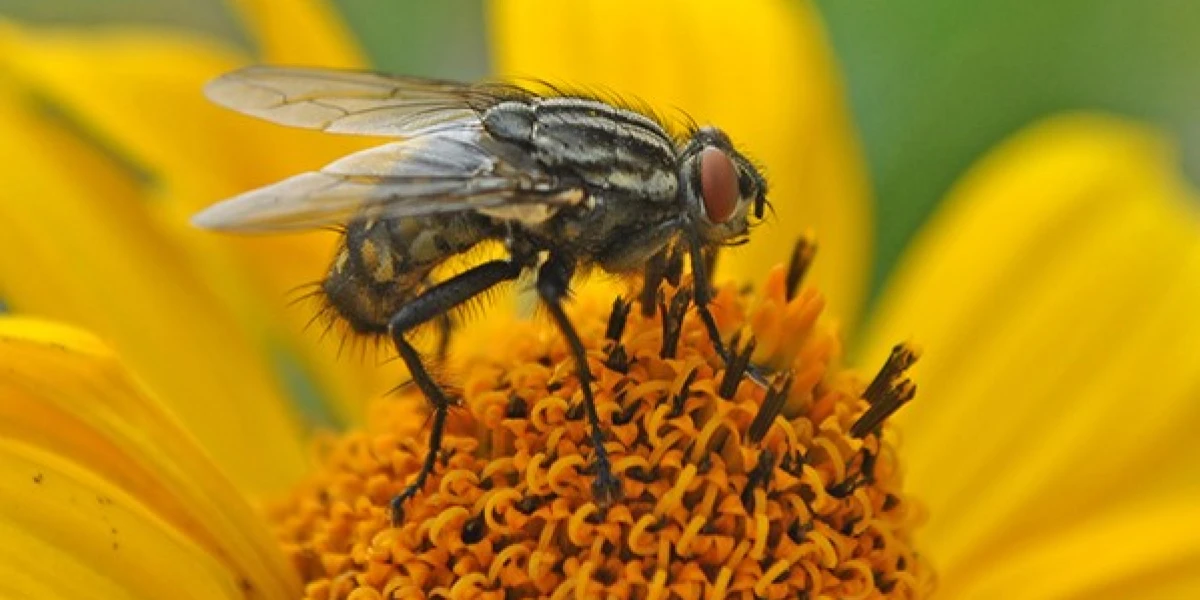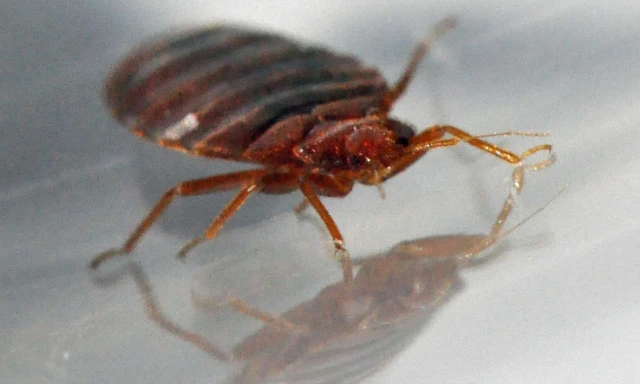Some Fascinating Facts About Insects
Insects are 6 legged invertebrates and the largest group within the arthropod phylum. Here are some interesting things about insects.
- Bugs, Bugs or True Bugs? - The word bug is used to describe several different things; micro-organisms such as bacteria, insects and other ‘creepy crawlies’ and to a scientist, a bug is a sucking insect of the order Hemiptera. This group of True Bugs, which includes aphids, planthoppers, shield bugs and bed bugs, all have sucking mouthparts.
- Why Do Bees Buzz? - It is not, as you might imagine, the flapping of their wings. Insects breathe through tiny holes along the side of their body. The holes lead to branching tubes that take oxygen directly to the insect tissues. Most of the buzzing bees make is due to air rapidly moving in and out of spiracles during flight.
- Cricket and Cicada Chirrups Tell the Temperature - The frequency of chirruping varies with temperature. Count the number of chirrups in 15 seconds and then add 37. The number you get will be approximately the temperature in degrees Fahrenheit.
- Male Crickets Sing - To 'sing' the male cricket rubs a sharp ridge on his wing against a series of wrinkles, or "files", on the other wing.
- Biggest Land Animal in Antarctica - There is only one true species of insect in Antarctica, a wingless midge, Belgica antarctica, which although it is only 2-6 mm long, is still the largest terrestrial animal native to the continent.
- No Insects in the Sea - No one really knows why, but there are no insects in the world’s oceans and seas.
- Insect ‘Blood’ - Insects have an open circulatory system, in which their blood, called hemolymph, bathes the organs. The insect ‘heart’ is a vessel running along the insect's back. It contracts to send hemolymph forward toward the head; from there, it streams back into the rest of the body.
- Biggest Ever - About 290 million to 250 million years ago a huge dragonfly-like insect was the largest insect ever with a wingspan of nearly a metre. It could grow to this size because the Earth’s atmosphere at that time was higher in oxygen than it is now. Insect size is limited by the insect’s ability to get oxygen to the deep tissues.
- Biggest Now - The biggest insect today is New Zealand's giant weta which can grow to weigh up to 400 g.
- Ear There and Everywhere - Lacewings have ears at the base of their wings, crickets have thin sound-sensitive membranes on their legs and grasshoppers' ears appear on their abdomens. Insects have ears all over the place!
David Brittain
Kiwicare


